The idea of trying to take macro shots on film came to me, when I was watching older illustrated books with all kinds of nature photography. I’m deeply impressed by the images the nature photographers in the 1970ies to 1990ies were able to take with the equipment of their era. I would never be able to do such wildlife photography with my analog equipment.
But trying some plant macros seemed possible.
Some years ago I got a well used Minolta MC Macro Rokkor 3.5/100mm with 1:1 extension tube which I mostly used adapted on my Sony A7II. I really like the Minolta MC Macro Rokkor 3.5/100mm (a classic Planar-design with 5 Elements in 4 Groups) though it’s surprisingly large and very heavy for a 100mm f3.5 lens. Despite it’s size and weight this lens is a joy to handle with buttery smooth focus and very nice build quality. This lens is not such a good multi-purpose lens as some of the longer macro lenses of other manufacturers (like the Canon FD Macro 4/100mm or the Tokina AT-X 2.5/90mm) but stopped down at macro distance image quality is quite good. Bokeh at close distance is very nice and creamy even stopped down to f8 or f11.
Unlike on my digital cameras, where I often try to get along without a tripod even at close focus distance (image stabilization is a very handy feature), for all these shots I used a tripod and a cable release and for most of them also a Minolta angle finder. This is slowing down my workflow a lot and therefore I didn’t get a single decent insect image. I don’t understand how the old photographers 30 or 40 years ago got their insect macros.
Despite the slow process it’s a very pleasing experience to compose macro shots in the great bright viewfinders of my Minolta bodies. Doing macro shots, for me the view through these finders is a lot nicer than through the EVF of my digital cameras, where I have to use focus magnification to set proper focus.
I used my Minolta XD-7 with Kodak Ektar 100 and my Minolta SRT-101 with Kodak Ultramax 400. Ektar for me certainly is the film stock of choice for macro work, Ultramax is way too grainy. Using slide film (like Fuji Velvia) could also give great results, I think, but I haven’t tried this yet.
All images made between June and August 2021.
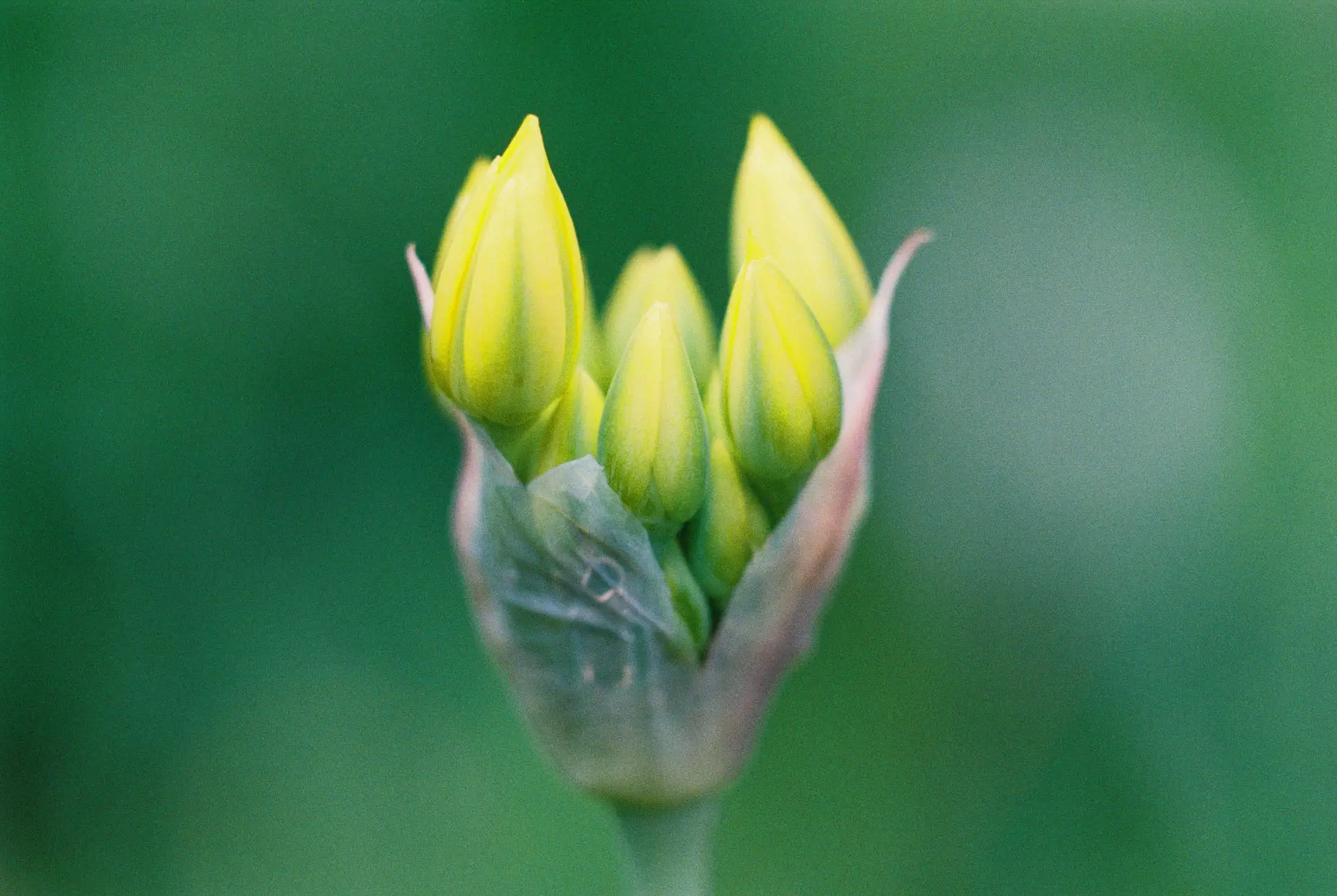
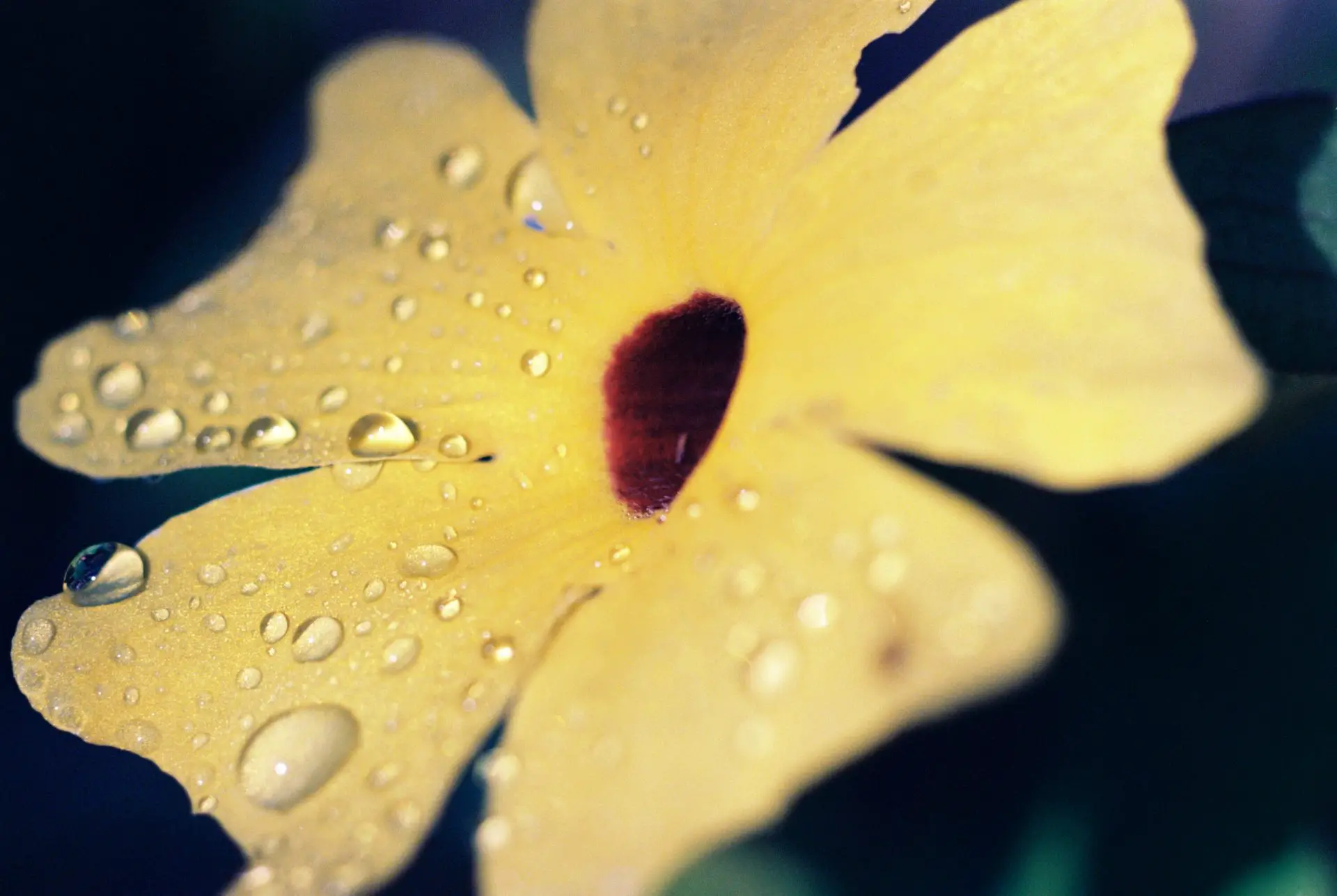
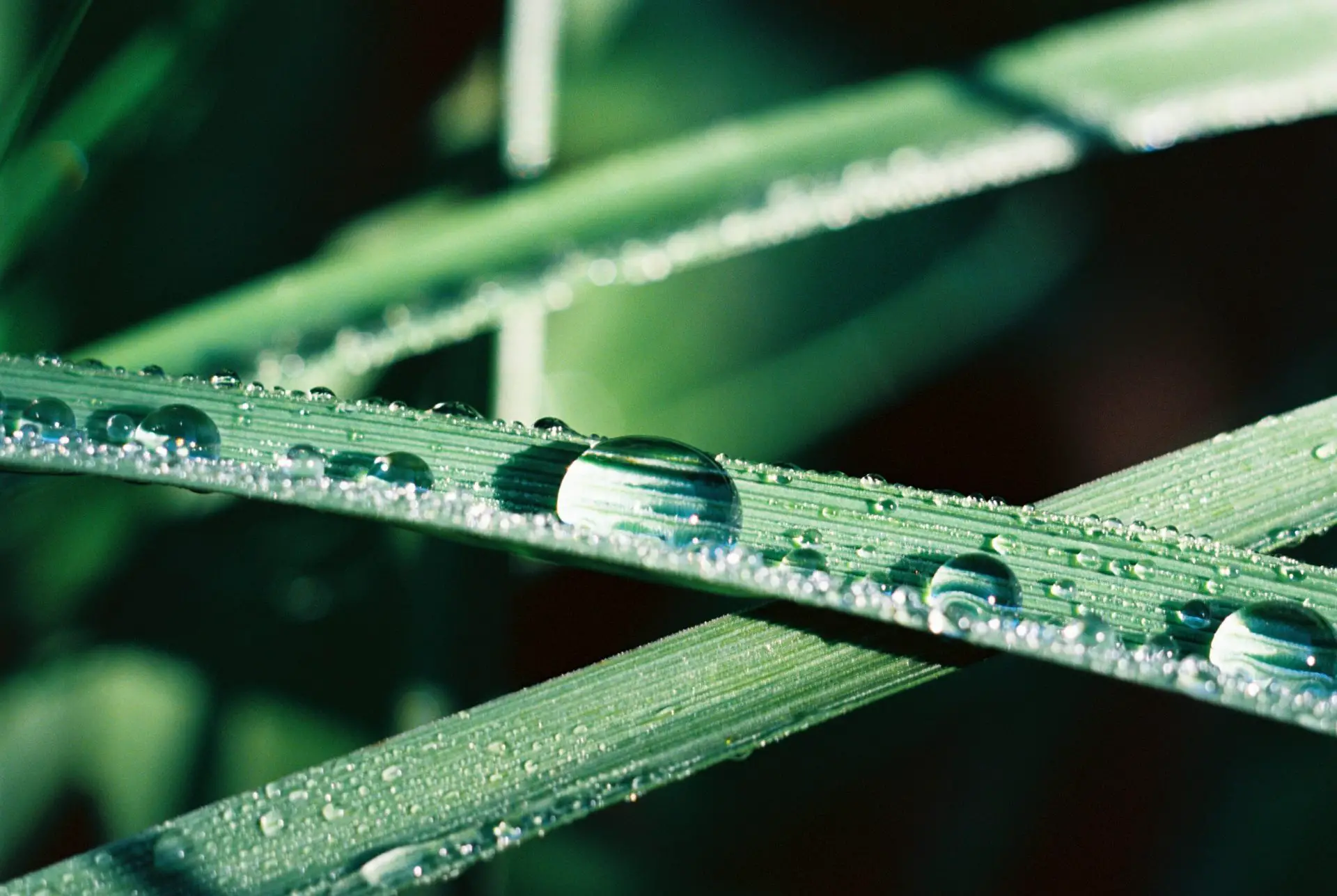
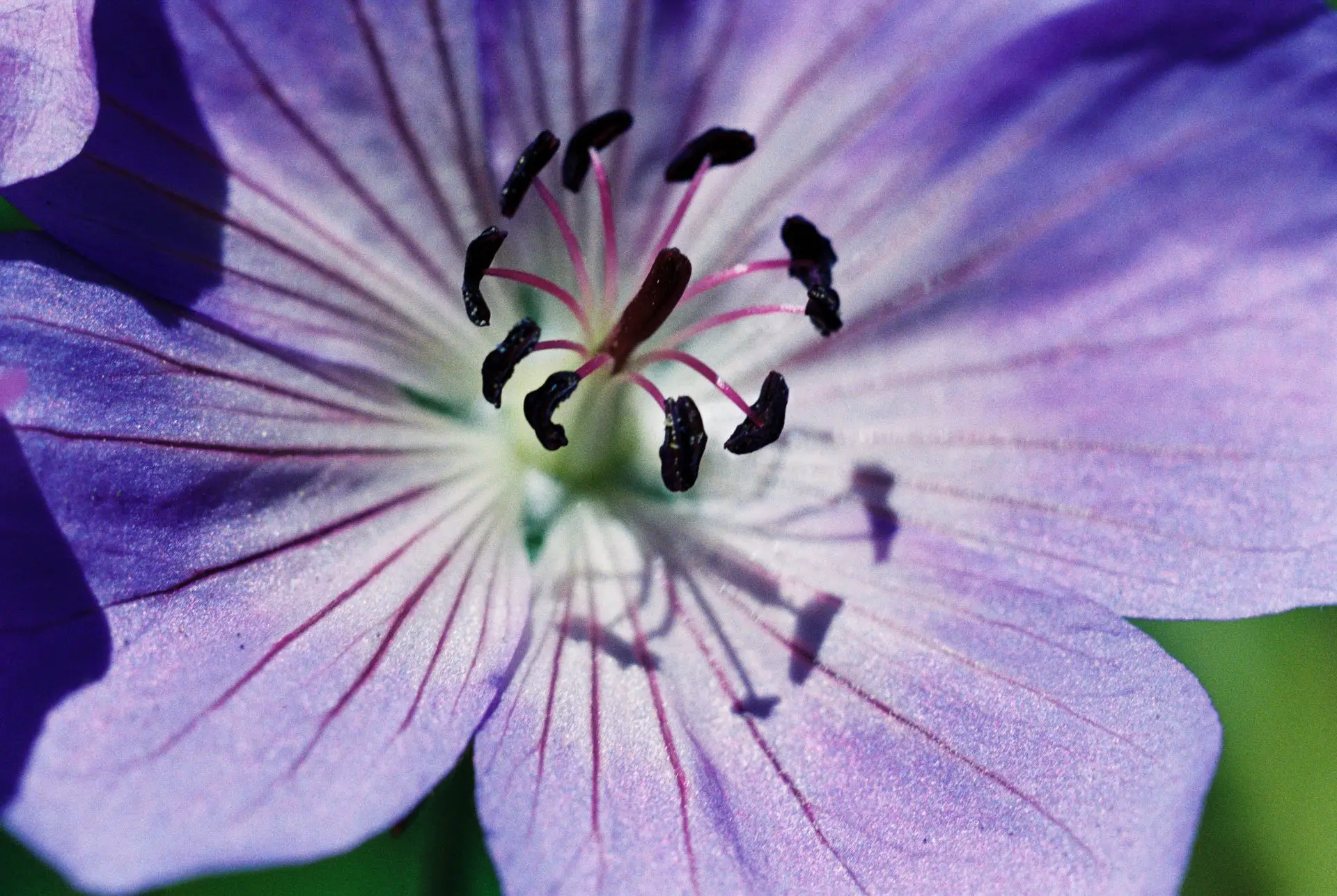
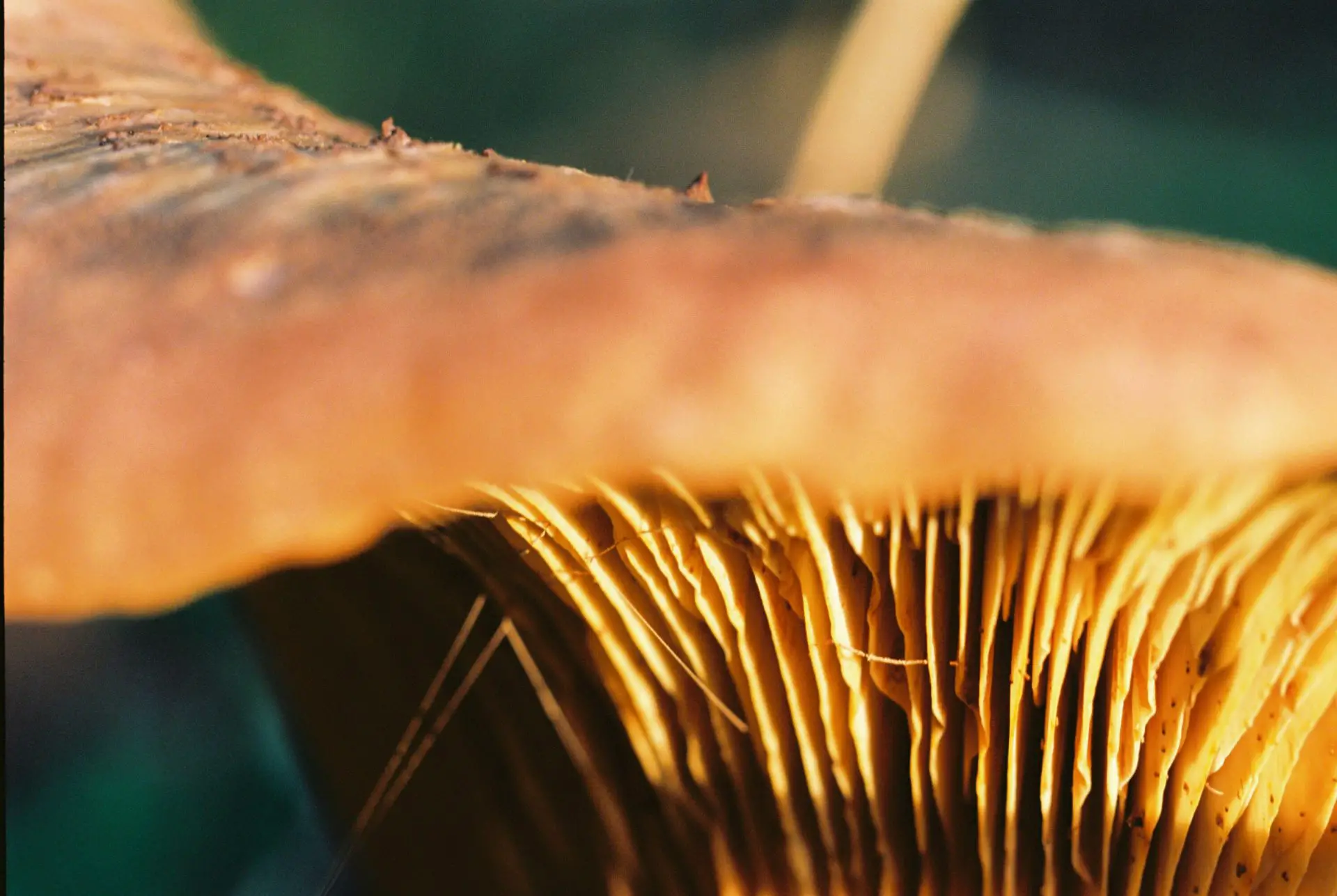
This spring I did almost no film photography at all, but I’m planing to do some more macro and close up work on film (perhaps I’m also going to try Silbersalz35 film for macro) and I hope I can speed up the process a little and finally get a nice insect (or spider or whatever small animal) shot on film like in those old illustrated books of nature photography.
The film was developed and scanned by MeinFilmLab.
For more photos (mostly digital) – flickr.com/steckmatthias
Share this post:
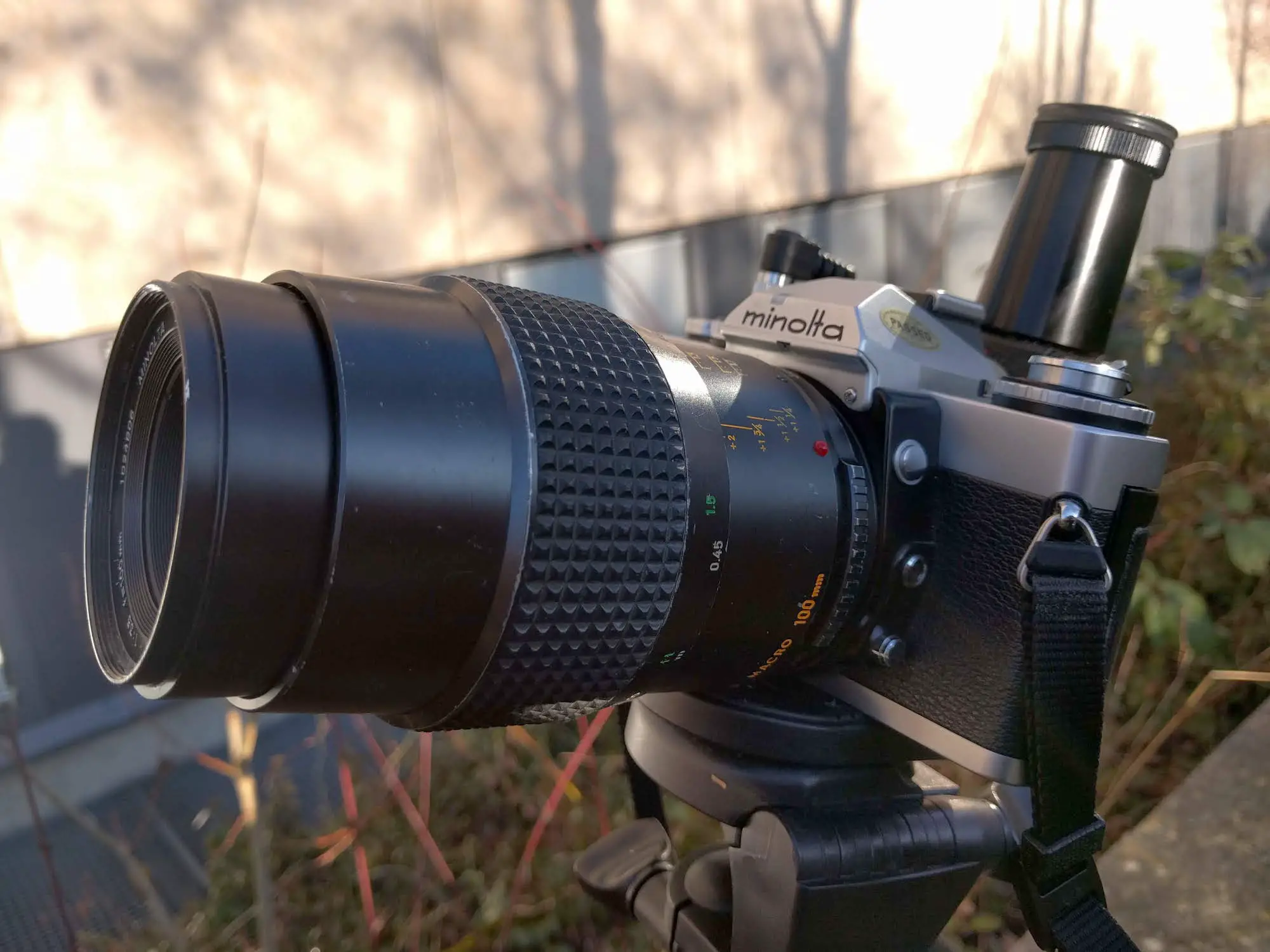
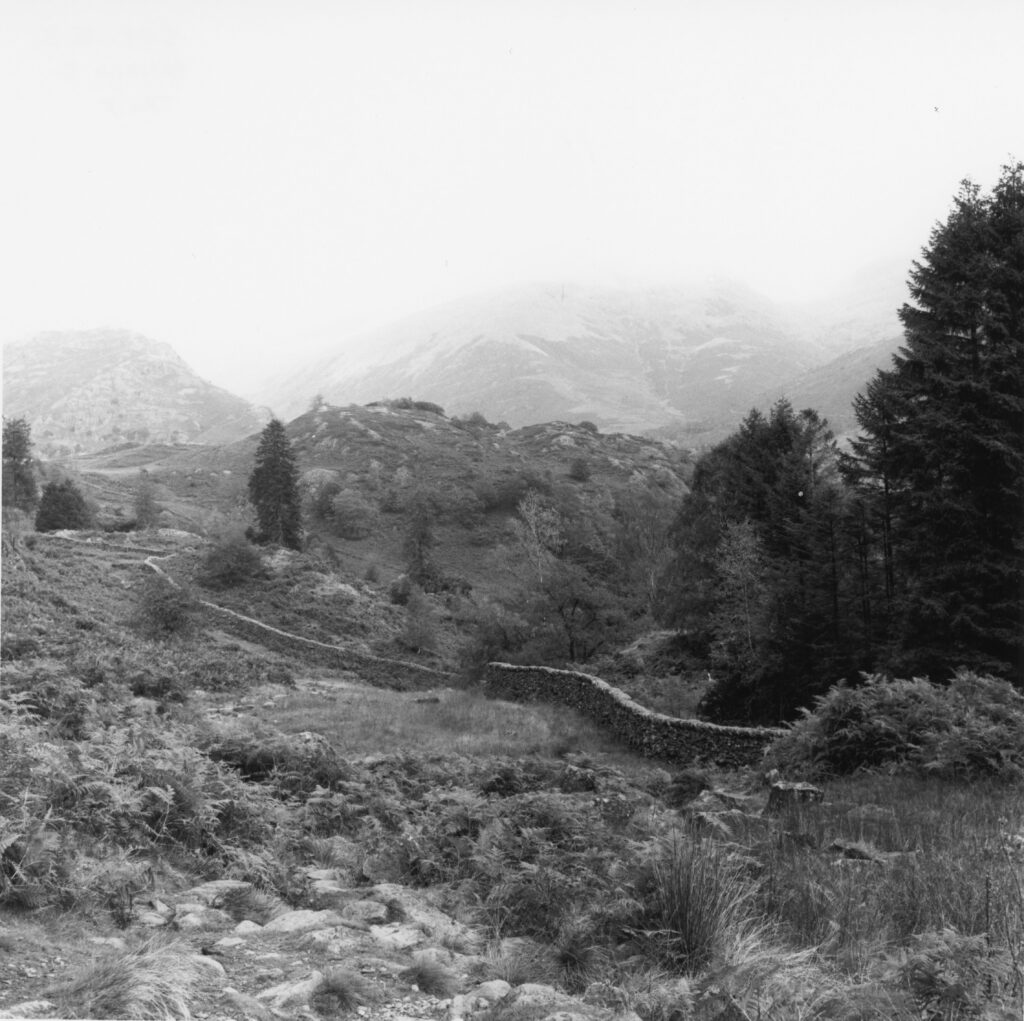
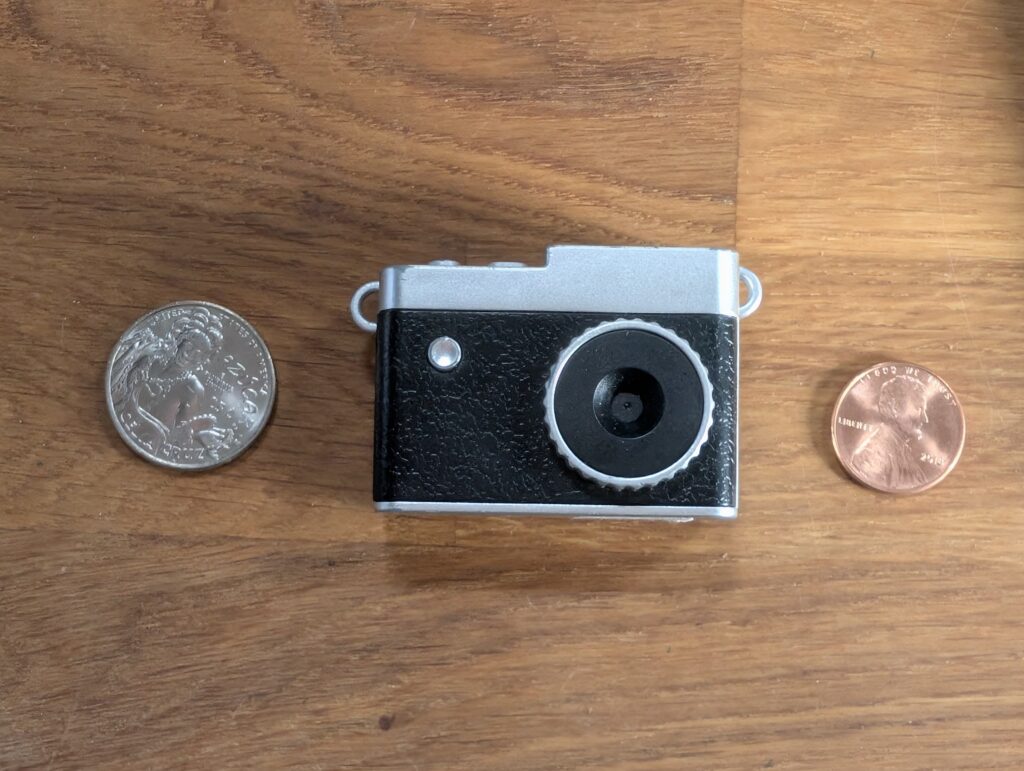
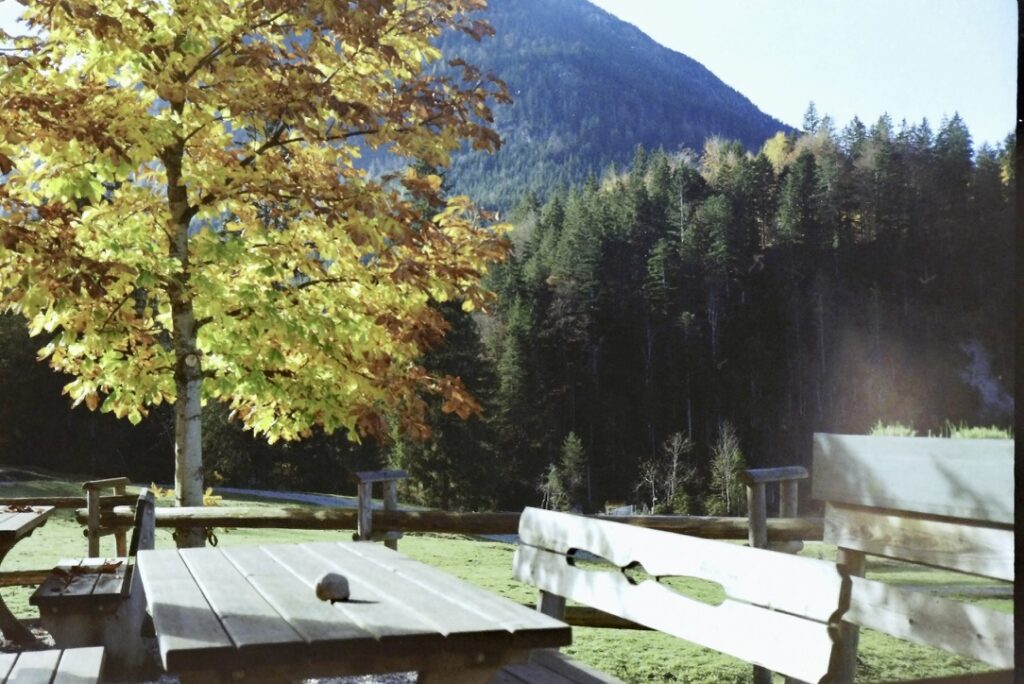
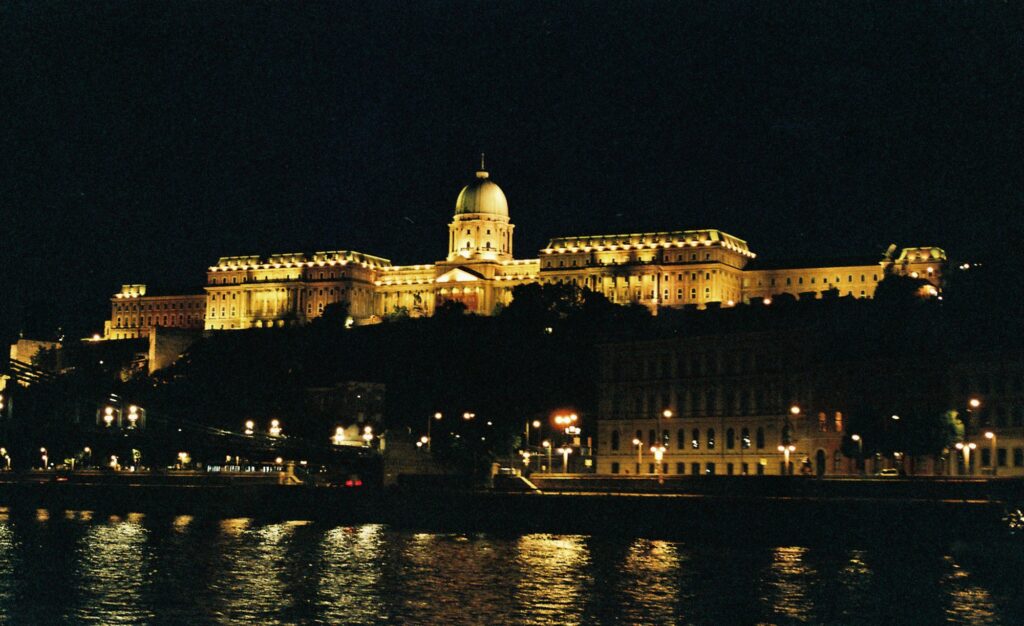




Comments
Terry B on 5 Macro Frames on Film with the Minolta MC Macro Rokkor 3.5/100mm – By Matthias Steck
Comment posted: 16/06/2022
I, too, marvelled at all those magnificent insect macro shots all all shot on film, usually Kodachrome. I understand that the secret to good macro photography is the nine ""P's" patience, patience, patience, persistence, persistence, persistence and practise, practise, practise.???? OK, I made this up, but you get the gist.
A lot of those great insect shots you remember were probably studio based and shot with strobes, so IS and slow shutter speeds were not an issue. I read that a few little tricks of the trade would be used like reducing the ambient temperature to slow their metabolic rate and strategically placed little drops of sugar to keep them interested and stay put long enough for the shots.
Peter Roberts on 5 Macro Frames on Film with the Minolta MC Macro Rokkor 3.5/100mm – By Matthias Steck
Comment posted: 16/06/2022
Some great images there and that take me back to the days when I did that sort of thing in the back garden. I didn't have a macro lens as such but used a 135mm with a 50mm reverse mounted on the front. That would have been with a Minolta SRT-303 and Rokkor lenses. I even managed to get some insect shots by using a small flash unit (one meant for a Rollei B35) on a bracket. The bracket was angled forward so that the flash provided oblique lighting to the subject. This enabled me to use the camera hand-held without too much risk of shake being visible and also picked out highlights in things like wings. I've still got those shots somewhere, taken on good old Agfa CT18.
Thanks very much for posting.
Peter
Wes Hall on 5 Macro Frames on Film with the Minolta MC Macro Rokkor 3.5/100mm – By Matthias Steck
Comment posted: 16/06/2022
Dave on 5 Macro Frames on Film with the Minolta MC Macro Rokkor 3.5/100mm – By Matthias Steck
Comment posted: 16/06/2022
Comment posted: 16/06/2022
Jens Knappe on 5 Macro Frames on Film with the Minolta MC Macro Rokkor 3.5/100mm – By Matthias Steck
Comment posted: 17/06/2022
Mache mit meinen Minoltas auch öfters Macrofotos. Nehme dafür entweder das Rokkor 35-70mm f3.5 macro oder ein 50mm Rokkor mit Zwischenringen.
Leider ist das Macro Rokkor 100mm sehr teuer.
Comment posted: 17/06/2022
David Hill on 5 Macro Frames on Film with the Minolta MC Macro Rokkor 3.5/100mm – By Matthias Steck
Comment posted: 18/06/2022
It was in 1974 (more or less) when, armed with my dad’s Minolta SRT-101, a bellows with reversal ring and Rokkor 50/1.4, I first explored macro photography by shooting flowers in the garden. I used B&W film — probably Kodak Plus-X for its excellent grain— which I developed and printed in the high school darkroom. And I recall being stymied by the breeze which kept moving the flowers :).
I’m quite certain your results are considerably better than mine!!
Keep it up. Beautiful work.
Richard on 5 Macro Frames on Film with the Minolta MC Macro Rokkor 3.5/100mm – By Matthias Steck
Comment posted: 19/06/2022
I too enjoy taking macro shots of flowers on film. Digital is sharper but film is more aesthetically pleasing imho. I must send a few to Hamish and see if he likes them enough for me to do a "5 frames" piece